The aquarium in the run-in phase
Aquarium has been set up
It's done - the aquarium is in the place where it should be, and it is set up according to all the rules of art. Substrate, stones, wood, caves and other decoration, plants, everything inside ... the water was filled in, the filter is running, the heater (if available or necessary) is heating.
It has become beautiful, and now the new aquarium owner is of course itching in all fingers to fill the work of art with life!
Let the aquarium run in
But wait ... not everything is as it should be. Plants, equipment, technology and water are only a part of what makes up an aquarium. First and foremost, it is a biotope in miniature that must first reach biological equilibrium. This happens during the so-called run-in phase.
This is the time from setup to the first stocking. During this phase, the necessary bacteria are formed, which metabolize organic waste from food, the excrement of the animals, dead plant parts and other residues and break down the toxic intermediates into the relatively non-toxic nitrate.
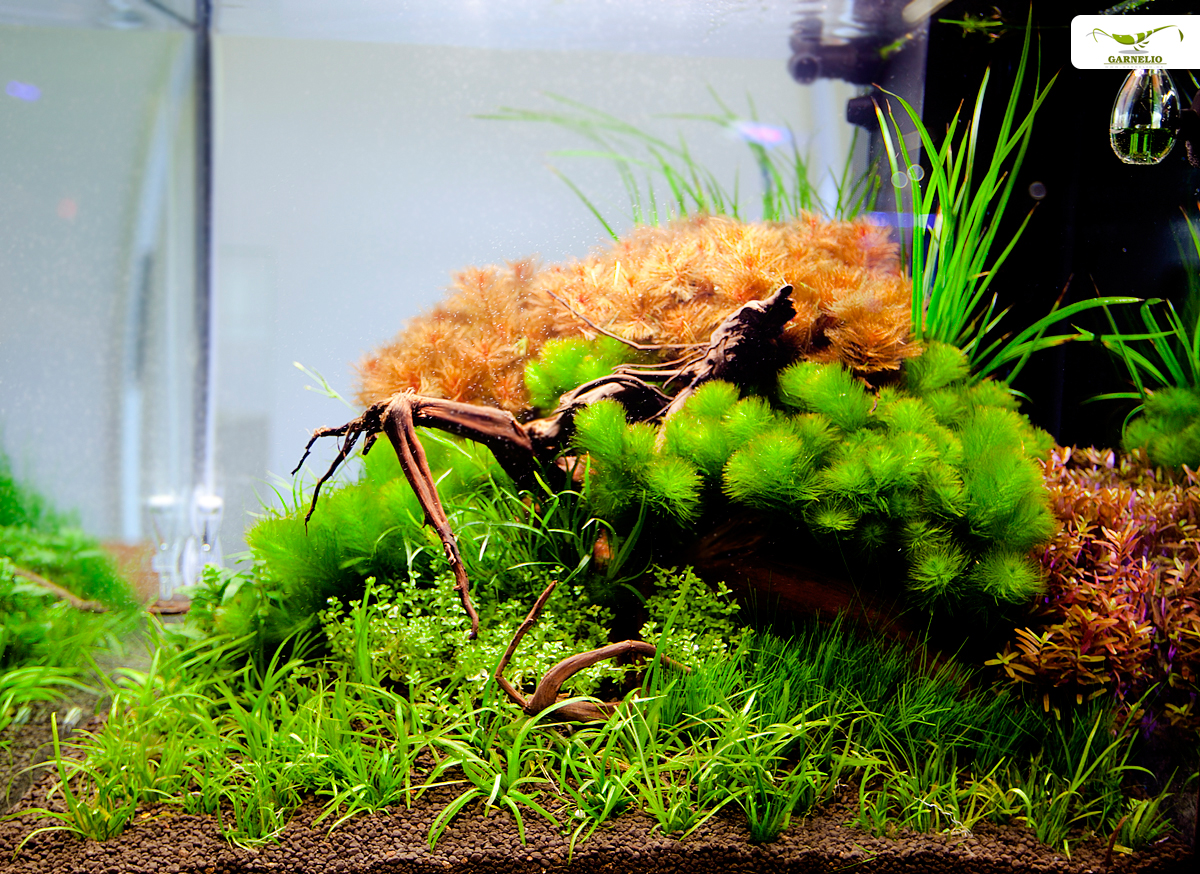
The aquarium starts to "live"
We have described this process in great detail in our blog "The Nitrogen Cycle in the Shrimp Aquarium". However, these bacteria must first multiply, and this is exactly what happens during the run-in period, as the run-in phase is also called. First, the waste material ammonium/ammonia builds up (the so-called ammonium peak).
Then bacteria that break down ammonium and ammonia to nitrite multiply, and the nitrite level increases (the nitrite peak). After that, the bacteria that break down nitrite to nitrate multiply. So as soon as the nitrate level in the aquarium water rises, you know that the ecosystem in the aquarium is working. This process can be accelerated somewhat by adding bacterial starters, which contain all the necessary bacteria in their permanent stages.
Nitrate must be removed by water changes. Only when the nitrite peak is over, animals should be added. Nitrite is very toxic to fish, and especially to shrimp that come from clear, clean streams.
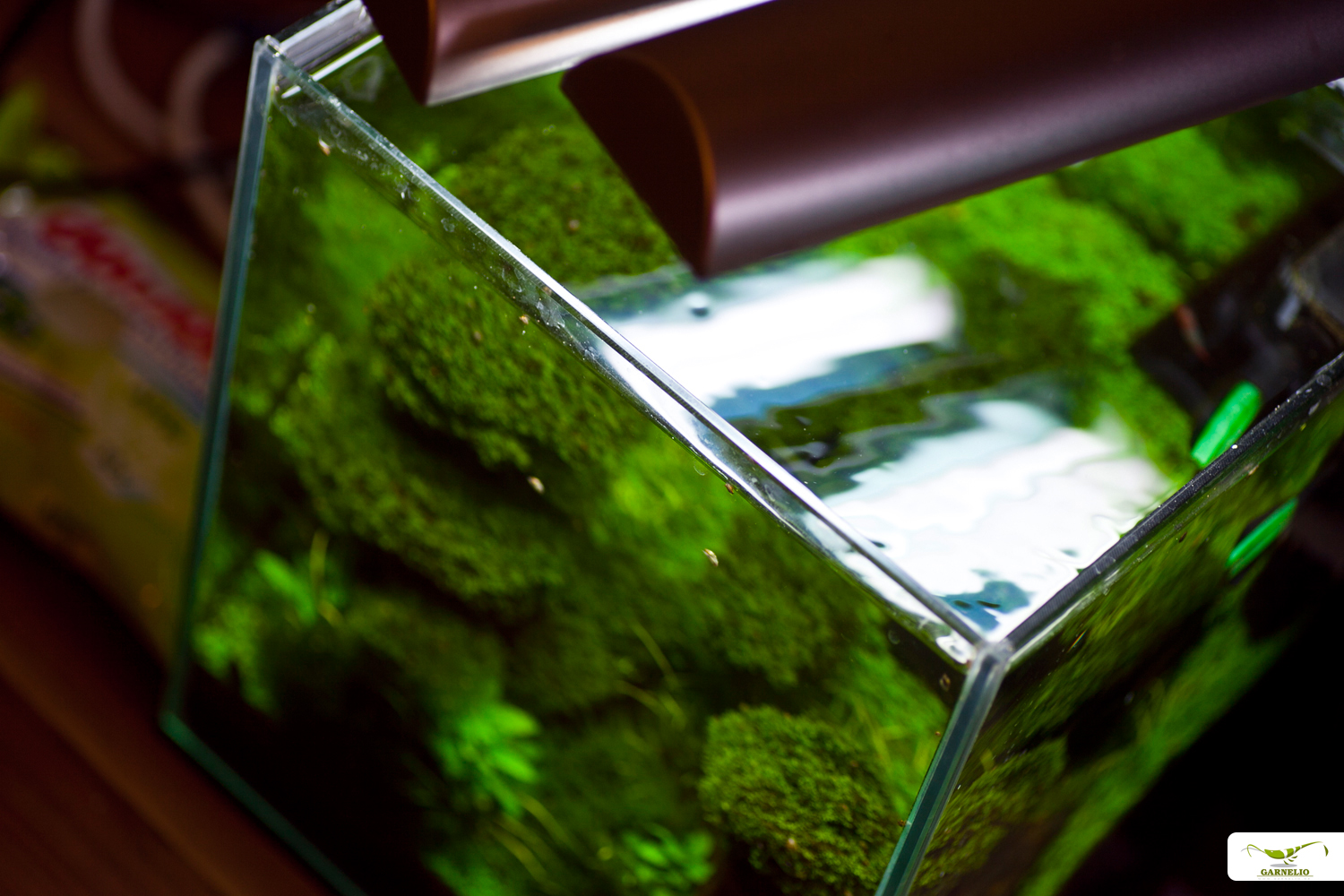
Water changes during the run-in phase
You will read different opinions on whether or not several water changes during the run-in period are advisable. On the one hand, you bring in a supply of minerals with the fresh water, which the bacteria in the biofilms need, and on the other hand, you deprive them of food and thus the basis for strong reproduction. In practice, it has been proven that both the method with water changes and the method without water changes work, if the system is given the necessary time to reach equilibrium.
Putting animals into the aquarium
Once the nitrite level has risen and fallen again, the first animals can be introduced. It is recommended to add snails first and then shrimps. If you want to add fish, they should follow a little later. In this way, the bacteria can adapt to the increased biological load in terms of numbers, without the water values showing severe fluctuations.
What to do if a nitrite peak occurs?
Water change, water change, water change ...
If a nitrite peak occurs again in an aquarium freshly stocked with fish during the run-in phase, the fish are not helplessly at the mercy of their fate if you know what to do. You can still save your fish stock in the aquarium - but this is a bit more complicated:
First, dilute the nitrite with a large water change. If you replace 70% of the water with fresh water, you directly remove 70% of the nitrite! Unfortunately, this does not end the peak - the nitrite value in the aquarium must be monitored by a suitable water test, and whenever NO2 is detectable, water must be changed again.
Salt addition
For fish that tolerate table salt (note that some catfish and other aquarium fish do not tolerate table salt), add 0.1-0.5 g of table salt (NaCl) per liter of aquarium water as an immediate measure when elevated nitrite levels occur. Chloride blocks the uptake pathways of nitrite in fish and many invertebrates, so the toxin cannot be absorbed through the gills, and therefore the aquarium inhabitants do not suffer from nitrite poisoning.
Bacteria starter or soil infusion
If the nitrite level in a newly set up aquarium simply does not want to drop, the reason may be that no suitable bacterial flora has been able to develop in the aquarium. This can be remedied with a Filter starter or bacterial starter remedy. With a bacterial starter or filter starter, you immediately introduce a huge amount of different filter bacteria, which are very happy to take care of ammonium and nitrite in the aquarium water. They form the aquarium-specific bioflora, which ensures the breakdown of pollutants in the filter.
The good old tried and tested soil infusion, which many older aquarists still know, also has its justification here. Filter bacteria are actually soil bacteria, and so a few crumbs of unfertilized garden soil can work wonders. To make a soil infusion, stir about half a teaspoonful of garden soil into a glass of aquarium water, let the soil settle, and then add one tablespoonful of this water per 50 liters of aquarium contents to the tank to be inoculated. This directly introduces a variety of beneficial "filter" bacteria into the aquarium, and allows exactly the bioflora to develop that the circumstances in that one tank require. This way you get a 100% suitable composition of bacteria species, just like a good filter starter.
What happens after the nitrite peak?
Even if the nitrite peak is already over, one should not forget that the biological system in the aquarium is still relatively unstable and that even small changes can be enough for the whole thing to get out of control again. In the beginning, therefore, feed rather little - always only as much as the fish eat within a few minutes. Excessive food loads the filter unnecessarily and can lead to an undesired mass reproduction of aquarium snails, to a high germ load of the aquarium water or to a nutrient imbalance and thus to an unsightly algae plague.
Also with the water changes one should not become too careless at the beginning - once per week approx. 50% of the aquarium water should be replaced by fresh water. If you work with tap water, a water conditioner is used to remove unwanted heavy metals and other toxins from the tap water and make it suitable for fish and shrimp.
Humic substances also help in this process. In addition, they have a favorable effect on the number of potentially harmful bacteria in the open water, which can sometimes become quite numerous, especially in the start-up phase, and can then affect the fish and shrimp in the aquarium - once the biological balance has been established and the nutrient supply is well under control through adapted feeding, the number of potentially pathogenic bacteria in the open water in the aquarium decreases again relatively soon and settles at a harmless level.
Algae in the run-in phase
However, the nitrogen cycle is only one aspect of the break-in period. During this time it is possible that diatoms spread in the aquarium as brown, sometimes flaky coatings. As unsightly as these coatings can look, they are nevertheless no cause for alarm. Shrimps and snails love diatoms and eat them with enthusiasm, and the bacteria in the filter consume the silicic acid in the water after some time, thus depriving the diatoms of their basis of life. The brown coatings therefore disappear again on their own or are eaten.
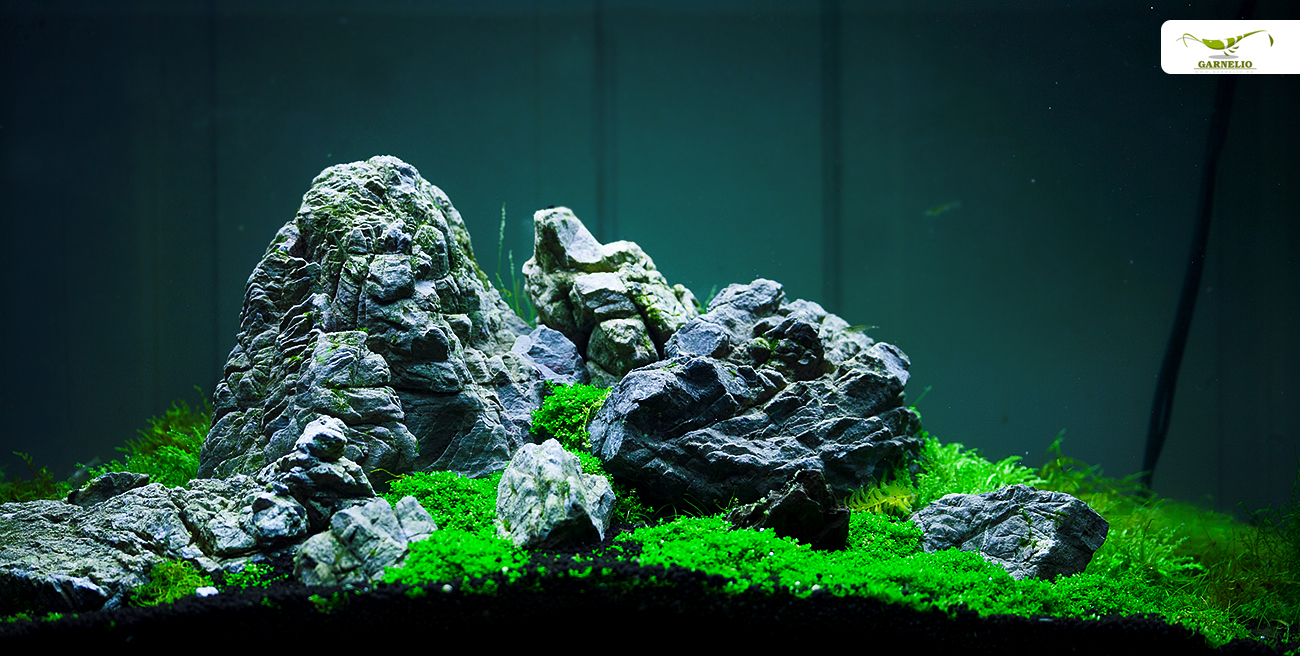
"Mold" on roots in the aquarium?
Also eaten by shrimps and snails are cotton wool-like white coatings on fresh root wood. They often look quite similar to mold, but are not. This is the so-called sewage fungus - which, despite its name, does not consist of fungi, but of bacteria.
They feed on organic residues in the wood and also disappear all by themselves when these are consumed. You can speed up this process by scrubbing the roots and pouring hot, no longer boiling water over them, but you can also just let nature take its course, stay calm and wait it out.
Snail plague after the run-in?
Until the biological system of stocking, microfauna and microflora has settled down, it is possible that increased snails will appear. In particular, bubble sn ails and ramshorn snails digest biofilms and initially forming algae coverings particularly well and can then multiply quite strongly. The snail population will level off like everything else if you don't overfeed. Our blog on the subject ofsnail infestations.
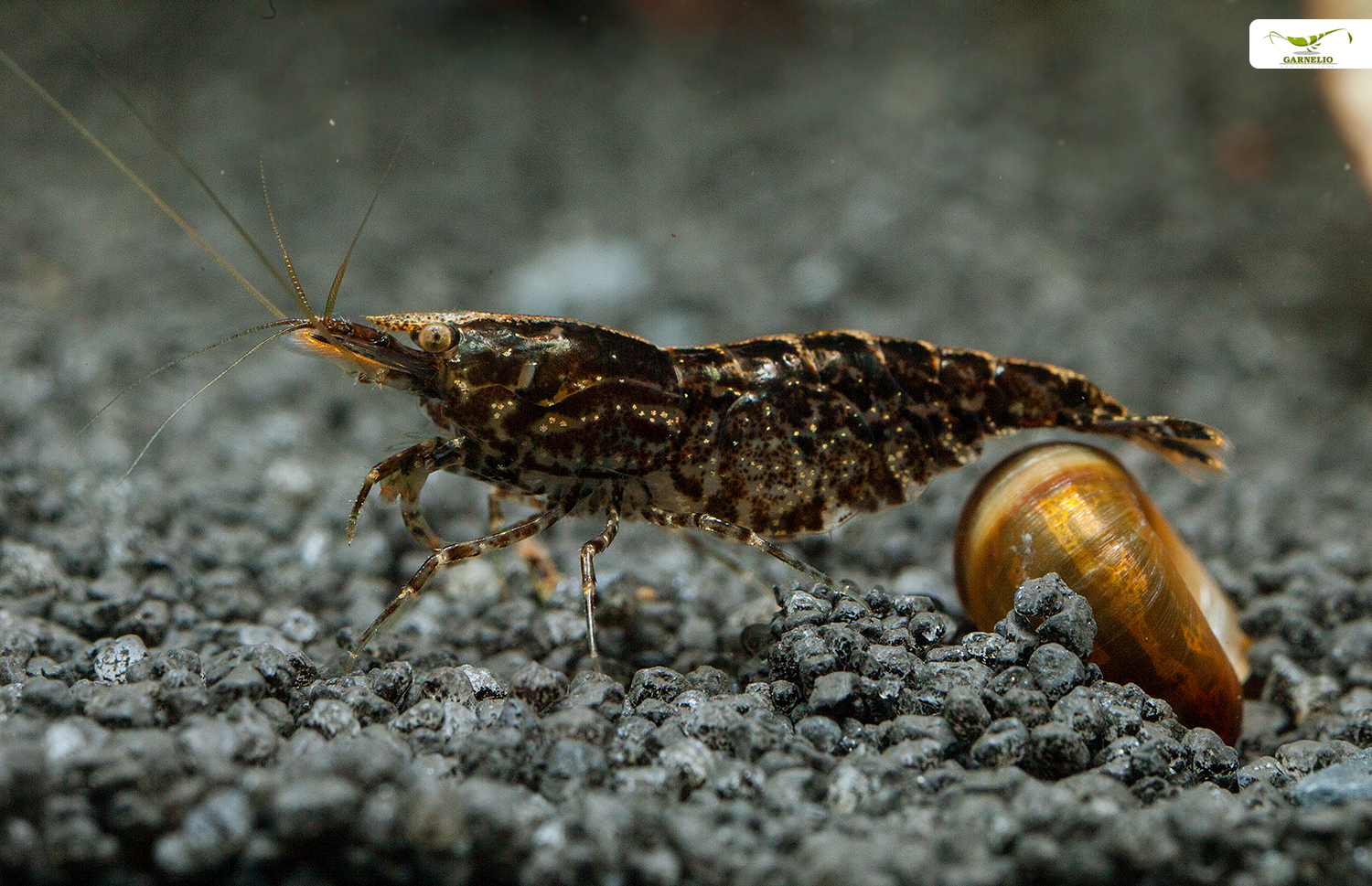
Worms in the aquarium
One or the other small worm will certainly also slime over the aquarium glass in the initial phase. As a rule, these are harmless disc worms or fewborsters and not dangerous planarians. Also the increase of these populations is quite normal in the run-in phase and no reason for concern. Their numbers usually level off as well and, after an initial high reproduction rate, decrease again sharply if the aquarium is not overfed.
New aquariums are allowed almost anything - and most phenomena are not permanent problems, but take care of themselves if you stay calm and let the system settle in peace.
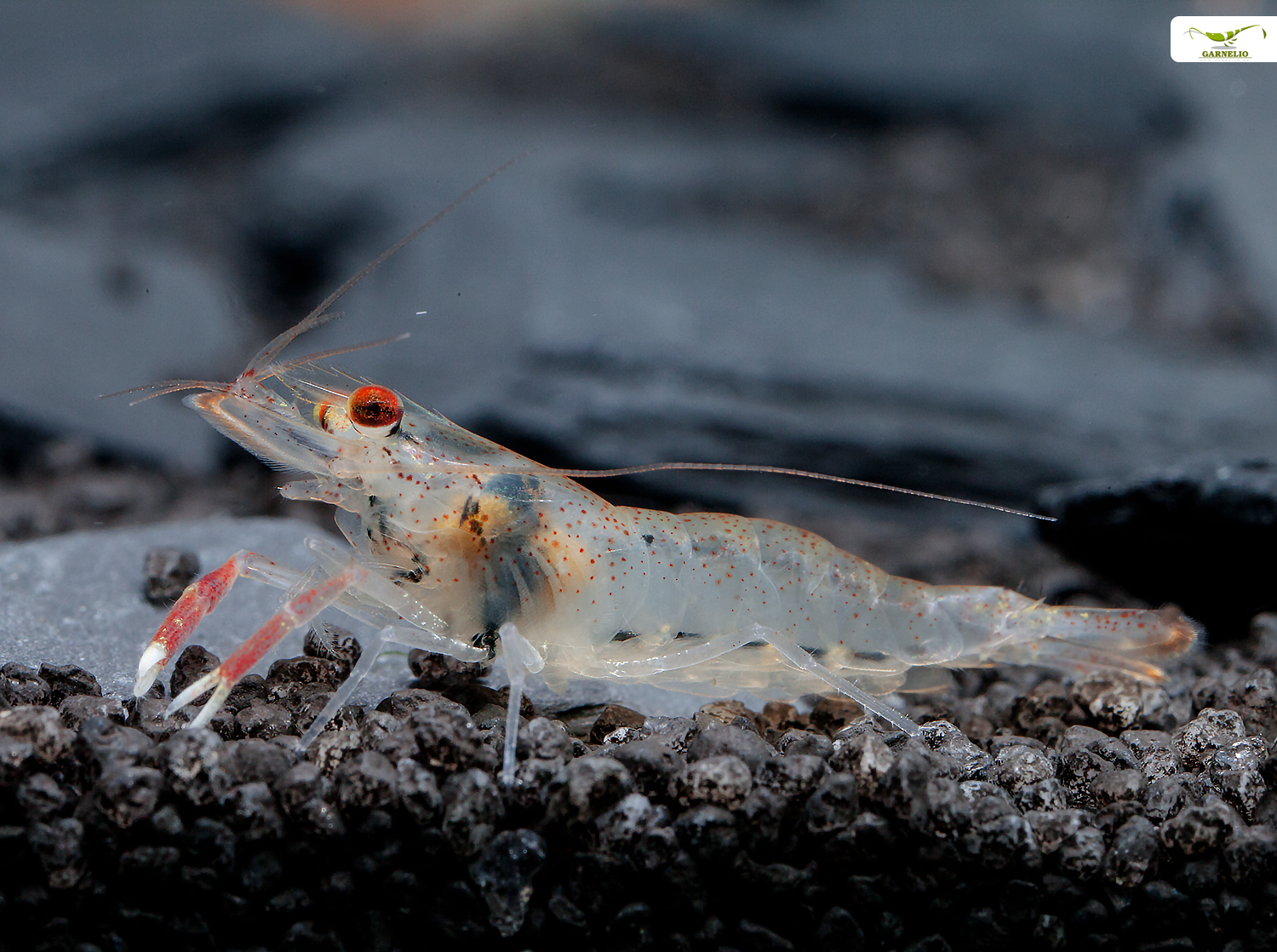

Guter Blog
Hi,
gerade in der Einfahrphase kann man viel falsch machen indem man bei einem leichten Algenaufkommen gleich die Chemiekeule raus holt. Ein wichtiges Kriterium ist auch die Dauer der Beleuchtung. 6-7 Std. Sollte sie am Anfang betragen.
Nitrat
Ich fahre auch grade drei Becken ein und zwar mit Osmose Wasser was ich aufsalze jetzt Messe ich jeden Tag und habe Nitrat im Becken ohne Nitrit zuhaben ist das normal oder läuft da was schief?